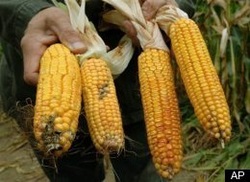| Mr. Rott's Science Room |
|
- Welcome
-
IB Biology
- Molecules of Life
- Cells
- Diversity of Life
- Changes in Life
- Macromolecules
- Membranes & Membrane Transport
- Cell Function
- Environmental Interactions
- Enzymes & Metabolism
- Respiration & Photosynthesis
- DNA Synthesis & Alterations
- Protein Synthesis
- Ecosystems & Energy
- 2016 IB Biology Curriculum Content >
- IA & Statistical Analysis Resources
- Biology
-
Resources
- About Mr. Rott

